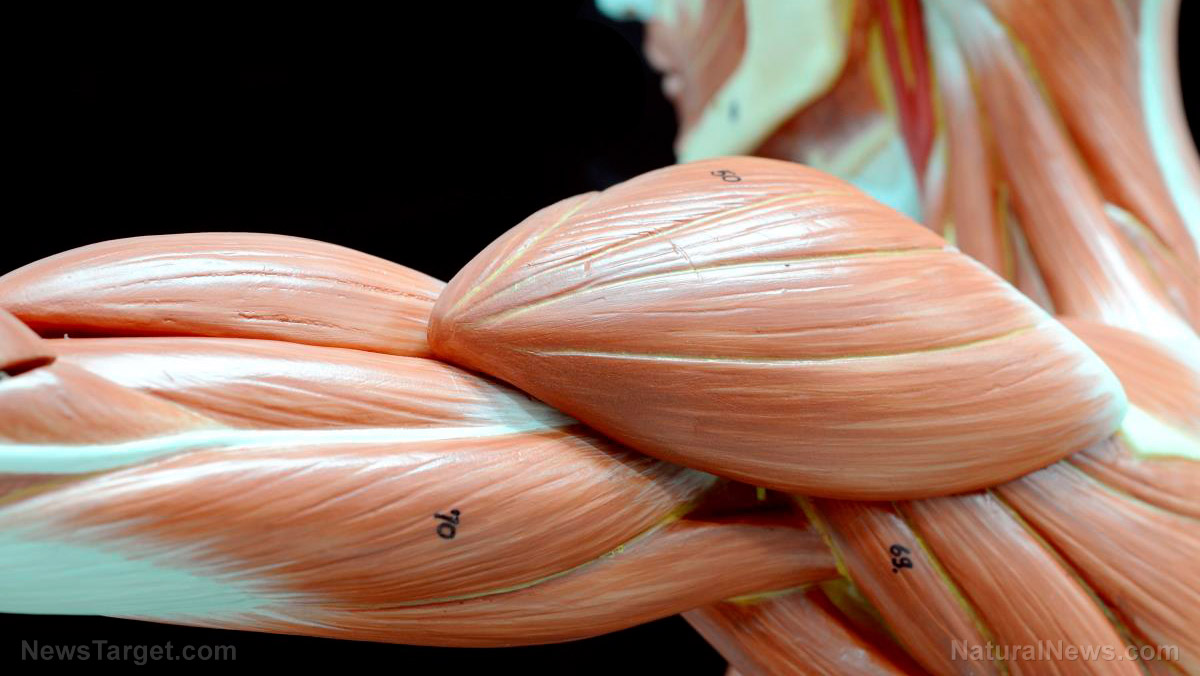Folk medicine plants from Mexico and Central America found to have anticancer potential
01/13/2018 / By Michelle Simmons

A study found that the stem and root extracts of native plants from Mexico could be possibly used as a source of anticancer treatment. A team of researchers from the University in Mexico and Technological University of the Mixteca in Mexico investigated the potential anticancer effects of eight folk medicinal plants from Mexico.
For the study, the research team extracted methanol from either the stems or roots or a mixture of both of eight native plants that belong to six botanic families — Asteraceae, Euphorbiaceae, Rubiaceae, Verbenaceae, Nictaginaceae and Boraginaceae.
The native plants examined include Acalypha cuspidata Euphorbiaceae, Acalypha subviscida Euphorbiaceae, Adenophyllum aurantium (L.) Strother Asteraceae, Alloispermum integrifolium Astearaceae, Galium mexicanum var mexicanum/Rubiaceae, Lantana achyranthifolia Verbenaceae, Salpianthus arenarius Nictaginaceae, and Tournefortia densiflora Boraginaceae. These plants are used in treating degenerative or infectious diseases.
The methanol extracts were examined for their antioxidant activity by using the agar diffusion method. Moreover, the minimal inhibitory concentration was gathered by broth dilution method. Then, the antitopoisomerase activity was analyzed through mutant strains of Saccharomyces cerevisiae, and the mutagenic activity was observed using the Ames test.
In the study, the research team determined four plant species that possess antitopoisomerase and non-mutagenic activites. These include A. cuspidata, G. mexicanum, A. integrifolium, and L. achyranthifolia. Among the plants studied, antimicrobial activity was observed in S. arenarius and L. achyranthifolia extracts against Staphylococcus aureus, a bacteria that cause diseases ranging from minor skin infections to deadly diseases, such as sepsis or bacteremia, pneumonia, endocarditis, and osteomyelitis or bone infection.
In conclusion, A. cuspidata, G. mexicanum, A. integrifolium, and L. achyranthifolia could be potentially used as a source of anticancer treatment, according to the researchers. The findings of the study were published in the African Journal of Traditional, Complementary and Alternative Medicines.
Herbal medicine usage for cancer treatments
Herbal medicine is the use of plants or a mixture of plant extracts for the treatment of diseases and promotion of health. It aims to restore the body’s capacity to function properly. Herbal medicine belongs to one of the most commonly used complementary and alternative therapies by people with cancer. Several research show that six out of 10 people living with cancer use herbal remedies together with conventional cancer treatments.
The use of herbal remedies for disease treatments has been going on for centuries. In addition, some people use herbal medicine to help themselves feel better or be more in control of their situation. In fact, a study in the United Kingdom discovered that people use herbal medicines to feel more in control and to have some responsibility for their treatment. Furthermore, they felt that these would not cause side effects.
Some of the herbal plants that posses powerful anti-cancer properties without the side effects of drugs include astragalus or huang qi, berberis family, blood root or Sanguinaria canadensis, butchers broom or Ruscus aculeatus, cat’s claw or Uncaria tormentosa, chaparral or Larrea mexicana, curcumin or turmeric, dang shen root or Codonopsis pilosula, echinacea, feverfew, goldenseal, milk thistle, pau d’ arco, red clover, sheep’s sorrell, skullcap or Scutellaria barbata, sutherlandia or cancer bus, thorowax or hares ear, wheat grass, and sweet wormwood.
Read more stories on other traditional healing plants at Healing.news.
Sources include:
Tagged Under: anticancer, anticancer herbs, cancer, discoveries, medicinal herbs, prevention, research, reversing disease
RECENT NEWS & ARTICLES
COPYRIGHT © 2017 DISCOVERIES NEWS




















